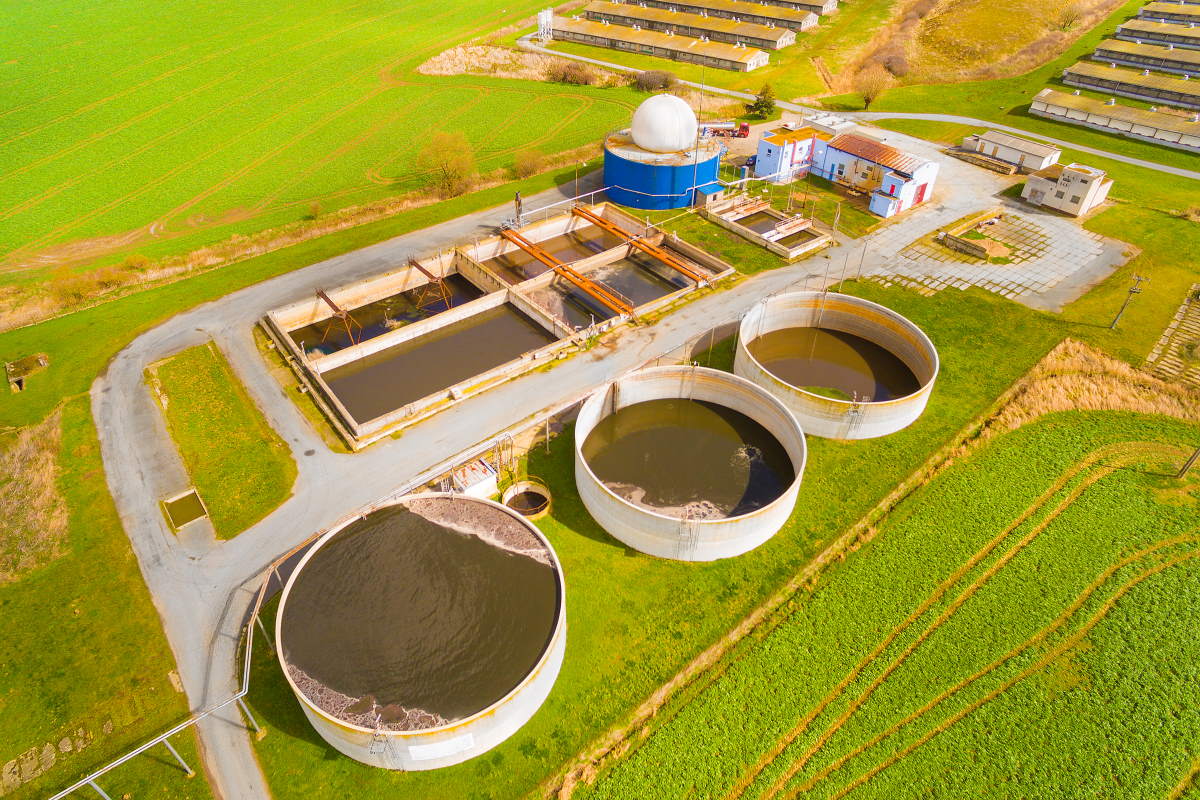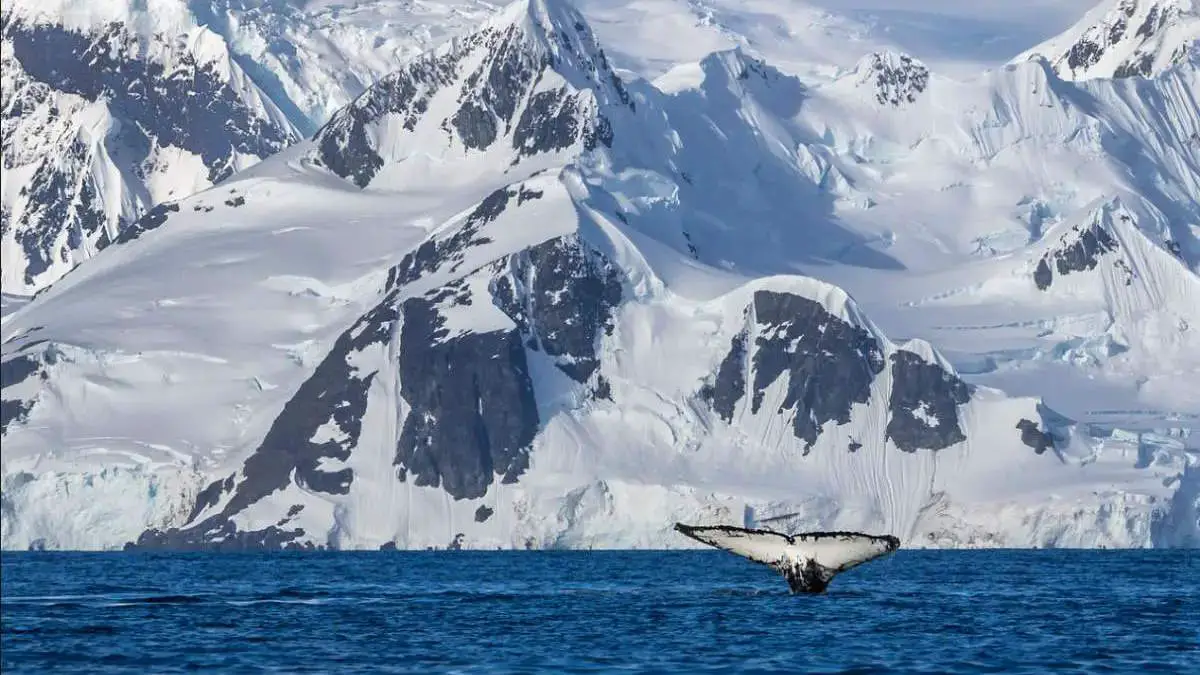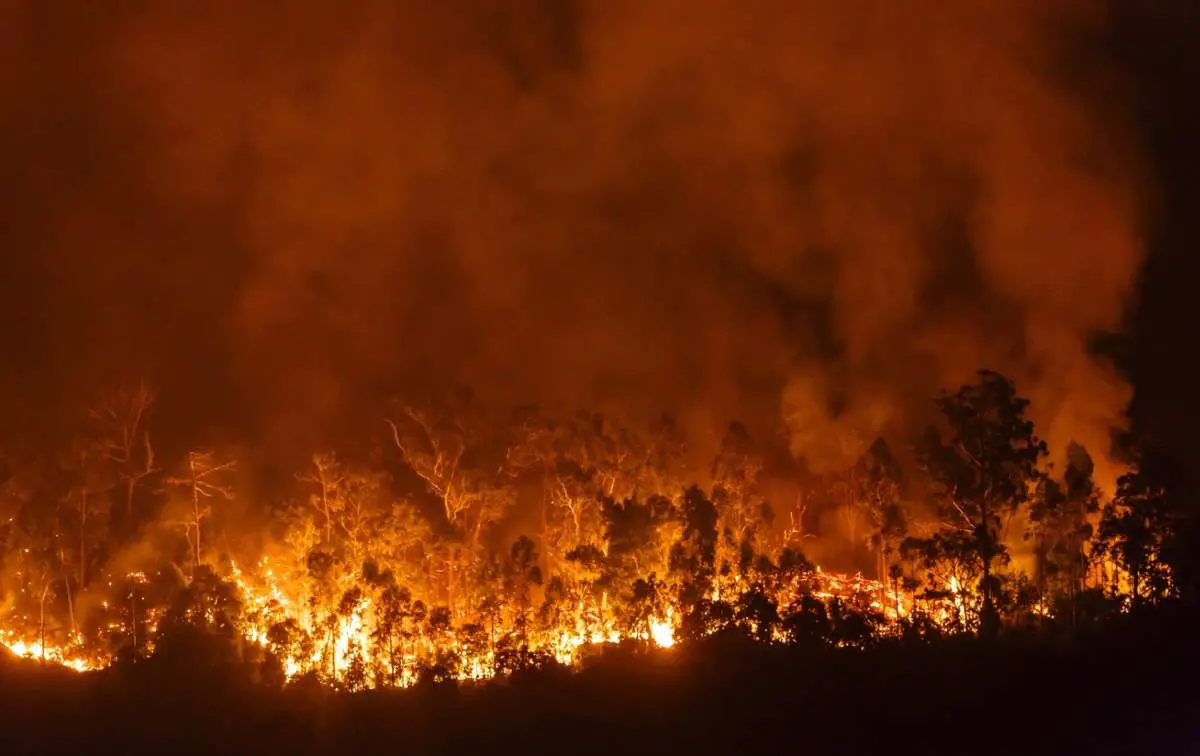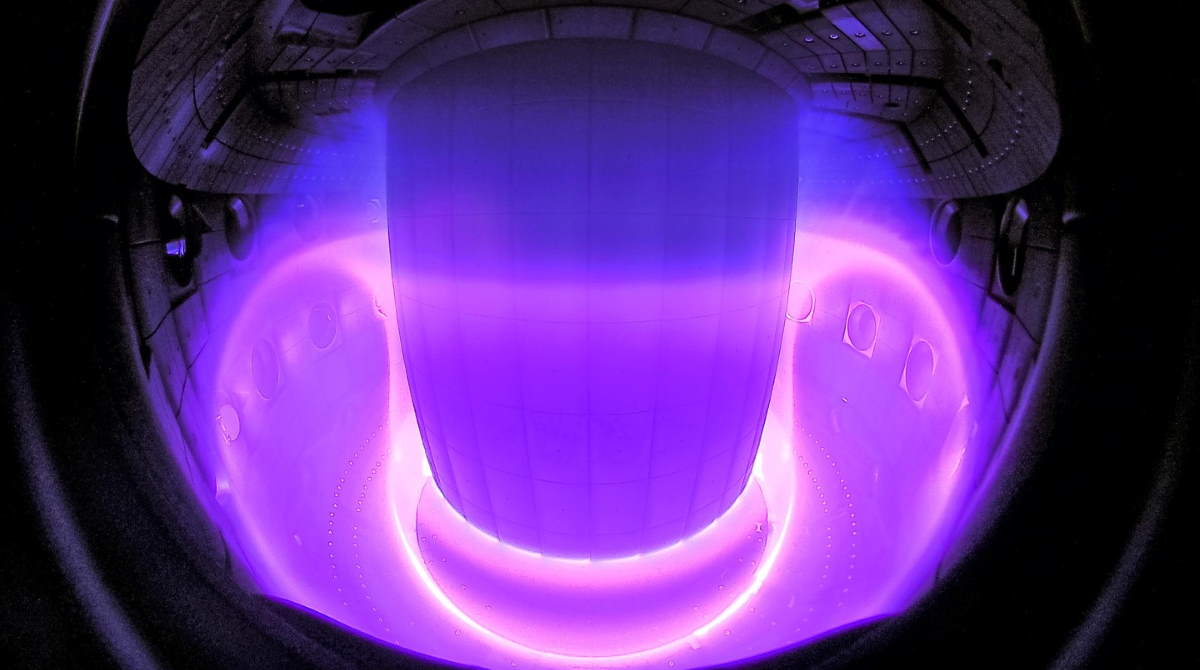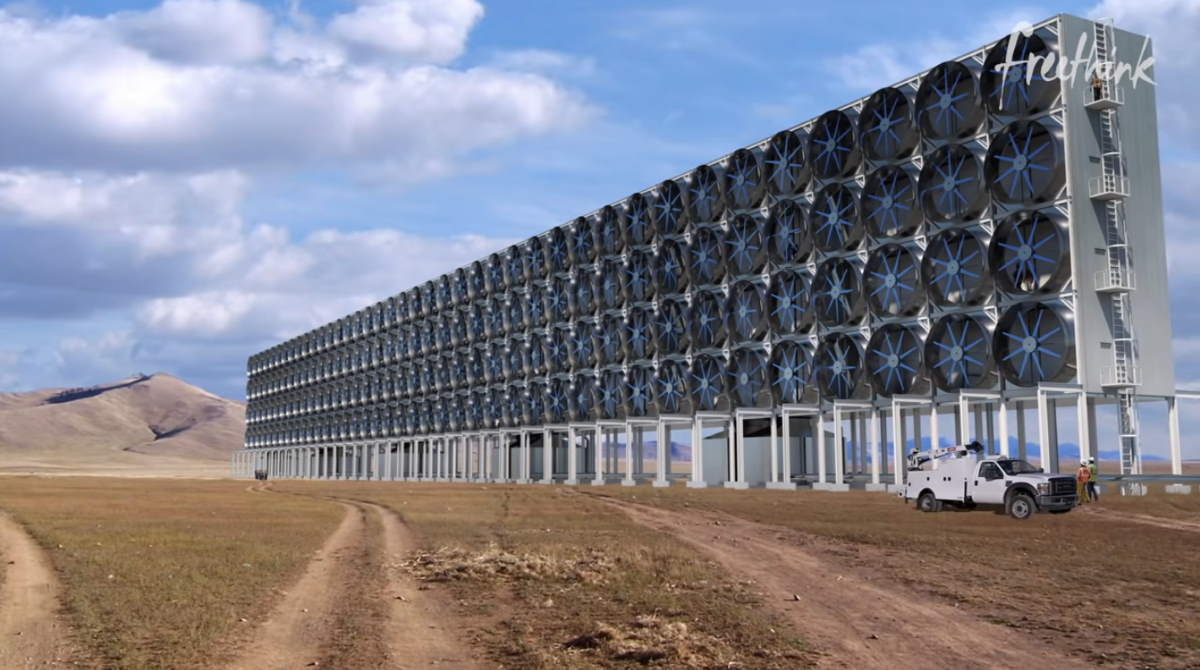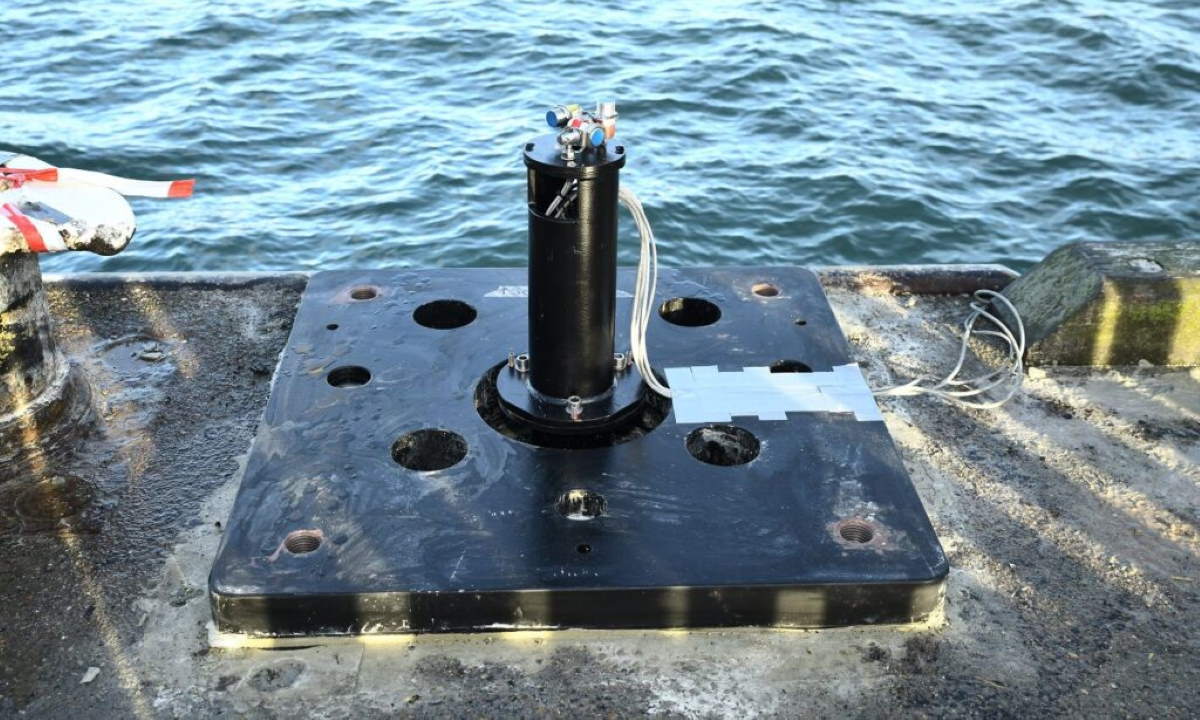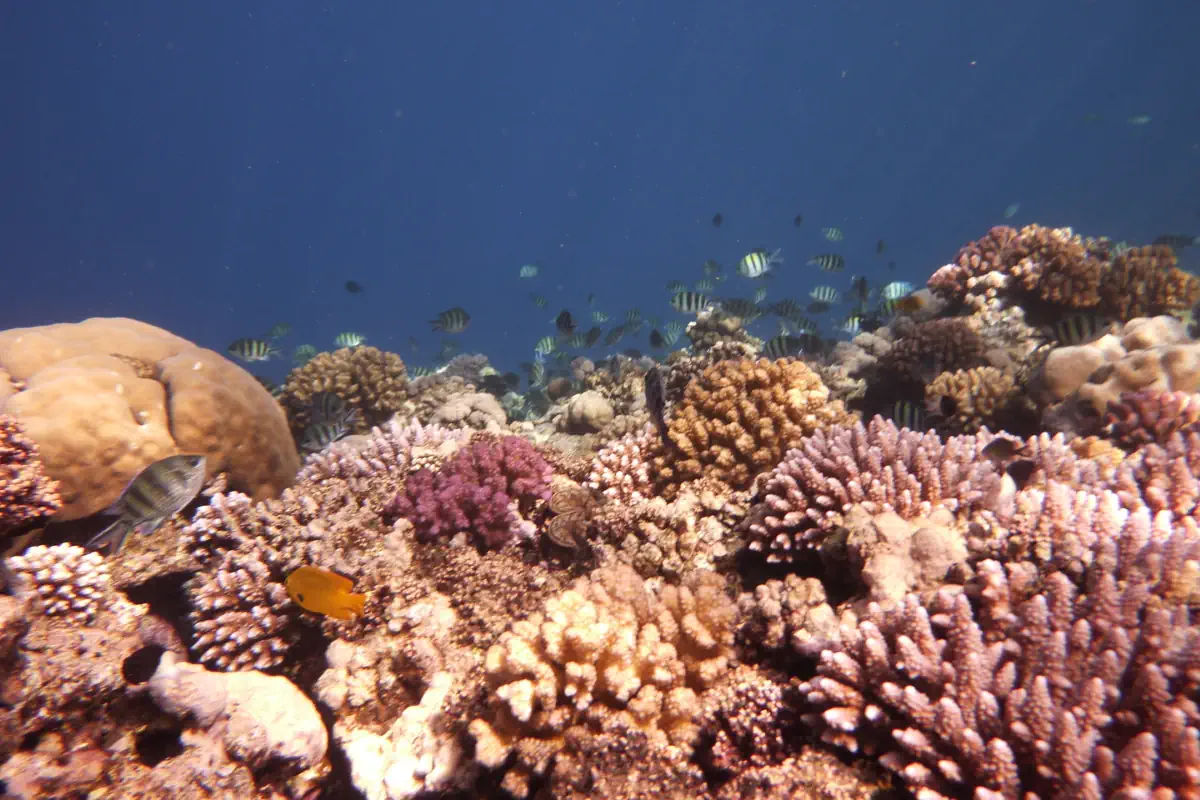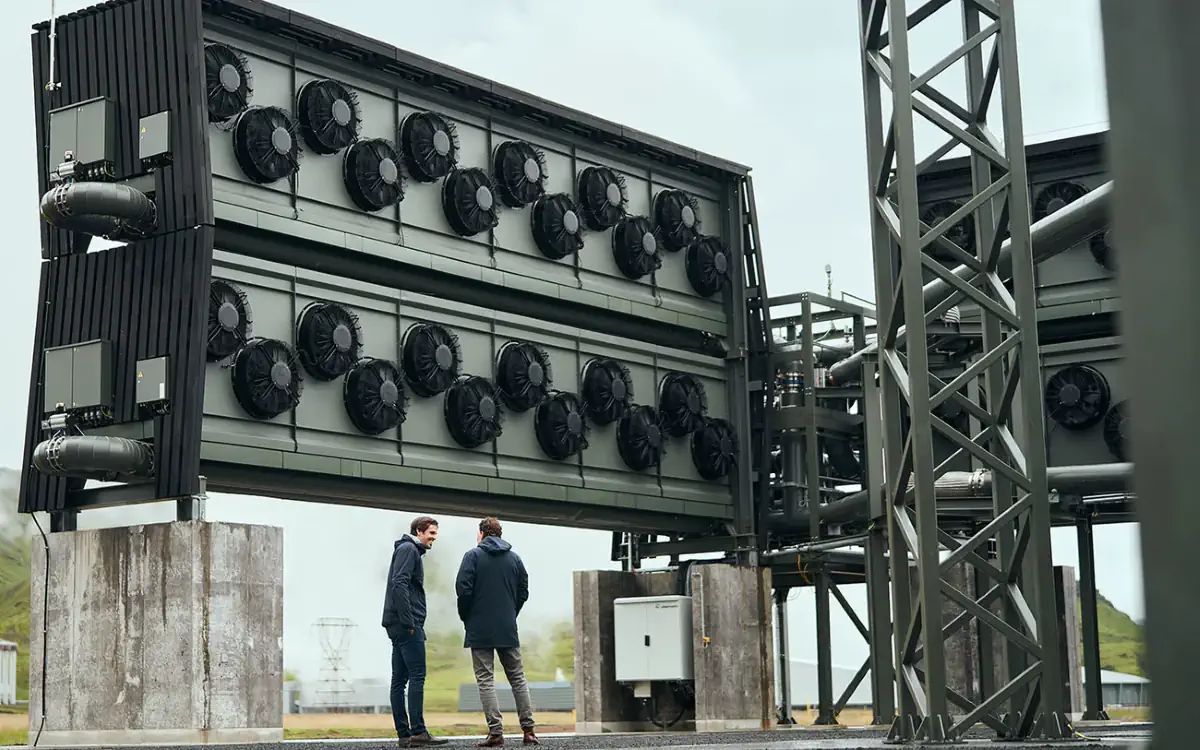The climate crisis and the chemistry of the oceans are inextricably connected. The oceans have absorbed close to a third of our carbon dioxide emissions since the beginning of the Industrial Revolution, leading to an increasingly acidic environment (hence the term, Ocean Acidification) and making it more difficult for organisms such as corals, mollusks, and plankton to form their shells and skeletons.
Mapping future changes in ocean chemistry is the first step in developing mitigation strategies. However, our knowledge of the future state of the oceans relies on mathematical models that are often not calibrated with modern ship-based observations.
Dr. Li-Qing Jiang of the University of Maryland and his collaborators are improving ocean acidification predictions by coupling millions of past and present ocean chemistry measurements with the best model projections at each location of the global ocean.
